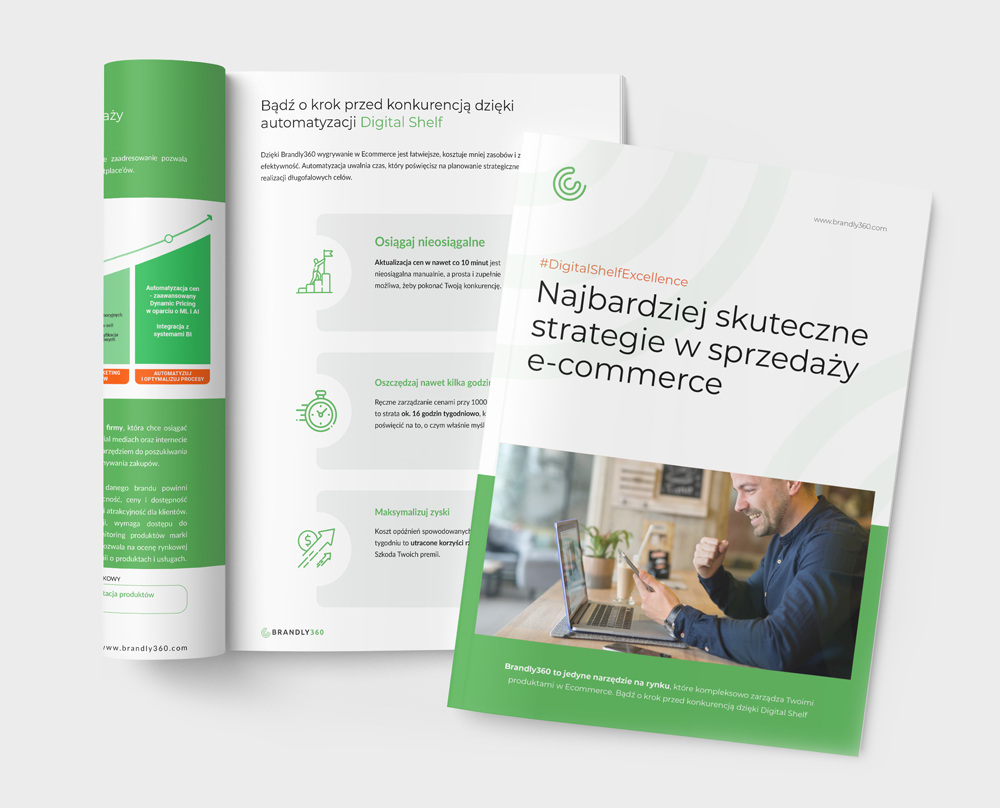
We start our new cycle entitled: price and special offers management in e-commerce. We’ll be writing on different topics connected with behavioral economics, effectiveness of promotional activities and price management. Our main aim will be conveying you useful tips, which will help you to maximize sales revenues in your e-shop.
Let’s start….
The magic of the lost benefits
At the beginning try to conduct an experiment among your friends. Show them 100$ banknote and ask them: ‘Do you prefer getting 100$ now or wait 2 weeks and get 109$?’ It’s of course better to wait 2 weeks and get higher amount of money (I don’t know any bank, which offers 9% interest). However, the conducted experiments show that majority of people will take 100$. It turns out that negative emotions connected with loss of something are 2 times stronger than happiness caused by potential profit. In our case, good mood connected with getting higher amount of money (109$) was weaker than negative emotions connected with the loss of getting 100$ at the moment.
Another example of research (Emel 2013):
The participants of experiment were said that the US was preparing to an outbreak of serious infectious disease epidemic, which will probably kill 600 people. They can choose one of two action scenarios:
• 200 people will be saved
• 33% of chances that 600 people will be saved and 67% that all will die
In the first group, 72% of people chose option number 1, and only 28% chose option number 2.
The second control group was given 2 differently written scenarios:
• 400 people will die
• 33% of chances that nobody will die and 67% of chances that 600 people will die
In this case, 22% of participants chose option number 1, and 78% chose option number 2 (although the answers were written only in a different way).
What conclusions can we draw from a perspective of sales?
It’s more important to emphasize what the client can lose, if he doesn’t buy a product, than what he will gain if he buys this product. (Flynn,2013)
Want to get set up with competitor monitoring, price tracking and even more?
Book a free demo to monitor any e-commerce competitor pricing and get instant info of important price movements and more!
Practical conclusions:
Use time-limited special offers, for example, time-limited:
• disposable special offer (only now 5% cheaper) during client’s visit on the product website – immediate decision required, otherwise the special offer disappears
• disposable price offer on complementary product displayed before the client will go to payment
It’s worth emphasizing that this type of special offers will be more effective than, for example, the offer of getting something extra after buying the product.
Important! To make this tool effective you can’t exaggerate with the amount of presented special offers, because they won’t be attractive to the client any longer.

Manager with experience in leading team of software developers and testers during implementation of internal and external IT projects. Ceo of Brandly360.com.


